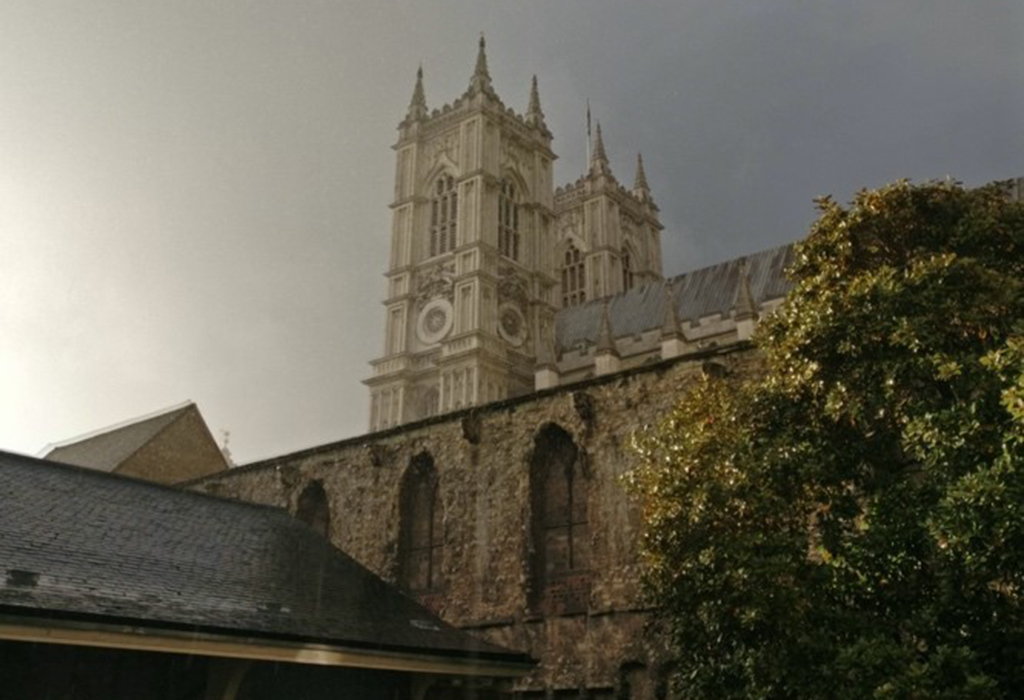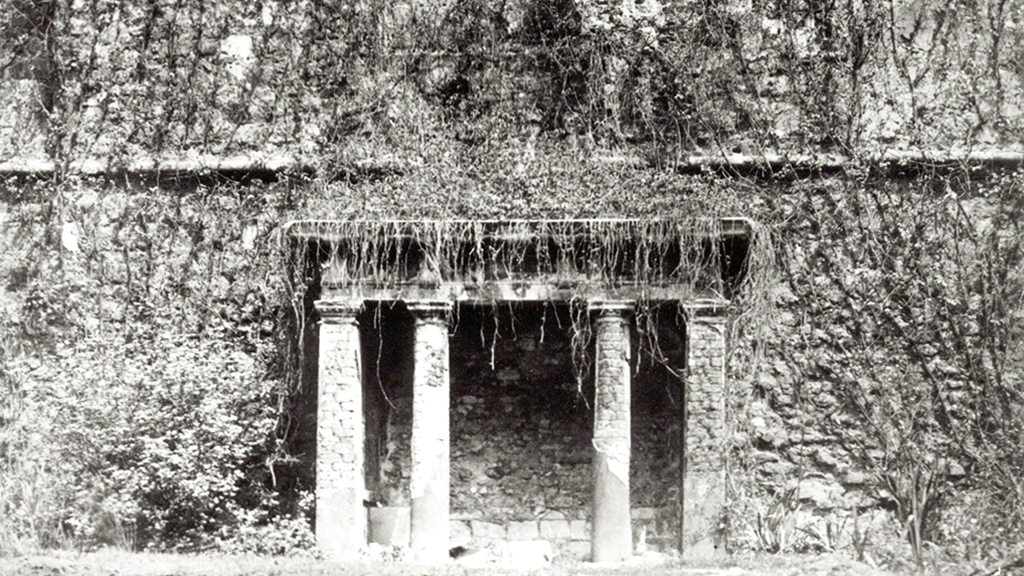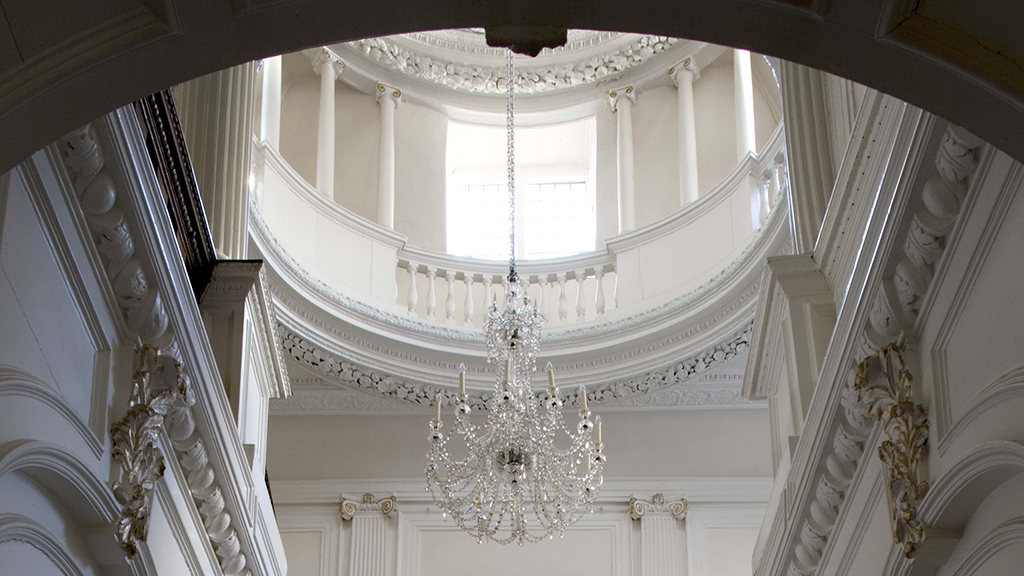Nestled between the cloisters of Westminster Abbey, School and Ashburnham House lies a little treasure. In perhaps the most valuable square in the country, watched over by the looming presence of perhaps the finest and most important church in the country and the property of perhaps (certainly, really…) the greatest academic institution not to be a university, is a small…
-
-
Ashburnham Garden by Ben Goodrick-Green and William Mirza
Today, behind Ashburnham House, stands a small, arcane and beautiful garden. Yet at one time this was the site of a grand monastic frater or refectory. All that remains in the present day is its North, East and West walls, the West only a ruin. The exact date of the first foundations is unclear, but it is known that one…
-
The Fire of 1731 by Benedict Randall Shaw
In 1730, Lord Ashburnham leased Ashburnham House to the Crown to store the King’s and Cotton Libraries, as it was considered to be ‘much more safe from fire’ than their previous storage place in Essex House, The Strand, and with the books came Dr Bentley junior, who had taken on the role of King’s Librarian from his father; as luck…
-
The Camden Room
The Camden Room takes its name from Westminster School Head Master, William Camden (1551-1623) whose portrait hangs on the west wall. Camden is one of the school’s best known Head Masters, an antiquarian, historian, topographer and herald, perhaps best known for his great work Britannia which surveyed the geography and history of Great Britain and Ireland. The long school holidays…
-
The Grand Staircase by Jit Shetty
There are many landmarks at Westminster School but very few can match the Grand Staircase in Ashburnham House. It is approached through folding doors from the Inner Hall (formerly Ashburnham ‘Upper’) which retains its 17th Century panelling. The hall has low proportions yet the staircase seems to rise from all this. The wide and shallow treads, the carved balusters juxtaposed…
-
The Scott Library by Benedict Randall Shaw
In 1879, an article in the Elizabethan set forth the case for a Library. In 1881, Lord John Thynne died and the school purchased Ashburnham House. A decision was taken to convert part of the first floor into a library and museum. The masters contributed £170 plus £50 yearly. However, this was not enough. An appeal for additional funds was…





